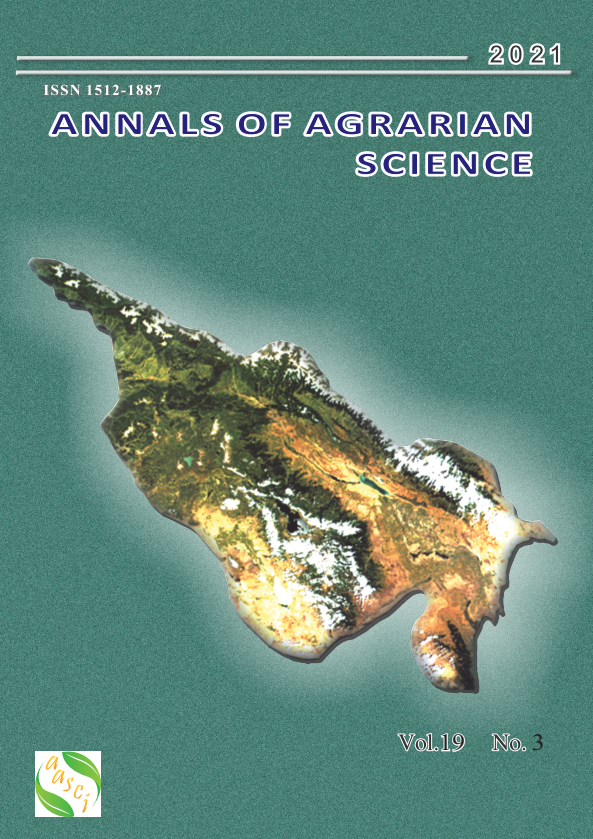Numeral investigation of the dependence of atmospheric pollution of city with a complex relief on the direction of background wind
Keywords:
tmosphere, Pollution, Numerical modeling, Concentration, Background wind, PM.Abstract
Dust propagation in the atmospheric air of Tbilisi city in case of western and eastern background light airs was numerically modeled and analyzed using the 3D regional model of the evolution of atmospheric processes and numerical integration of admixtures transferdiffusion equation. The main differences and similarities appearing under conditions of background winds of both directions typical for the city are explored. The locations of high pollution areas are determined. Modeling made it possible to establish that in case of the eastern background light air the wind velocity field formed under the influence of the relief impedes dust removal from the city and forms over the large area of the city a zone with high pollution with a maximum concentration of 2-2.5 MAC. In case of the western background light air the wind velocity field promotes city atmosphere “self-purification” process and high pollution level is mainly registered during motor transport traffic “rush hour” situation. As a result of the calculations it is established that the dust propagation process conditionally runs by four stages and depends on the motor transport traffic intensity, city mains location and city micro-relief. From 6 AM to 9 AM the rapid growth of concentration takes place, from 9 AM to 6 PM – slight reduction or consistency of concentration, from 6 PM to 9 PM – concentration growth, while from 9 PM to 6 AM self-purification of the city air is observed.



